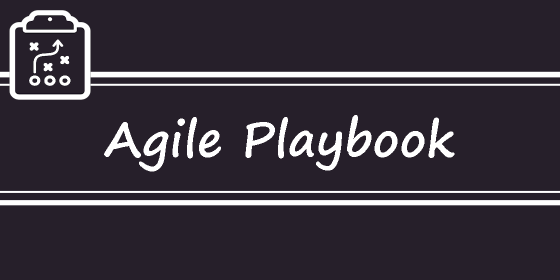Agile Playbook

An Agile Playbook is a comprehensive and dynamic document that serves as a guide or reference manual for teams and organizations that are adopting or scaling agile practices. It provides a set of guidelines, good practices, and strategies to support the successful implementation of agile methodologies and principles within the context of a specific organization.
The Agile Playbook typically covers various aspects of agile development, and product management, including:
- Agile Principles and Values: It outlines the core principles and values of the Agile Manifesto and how they align with the organization’s goals and culture.
- Agile Frameworks: The playbook may provide an overview of popular agile frameworks such as Scrum, Kanban, or XP (Extreme Programming) and how they can be applied to different projects and teams.
- Roles and Responsibilities: It defines the roles and responsibilities of team members, including Scrum Master, Product Owner, and team members, and how they interact with each other.
- Process and Ceremonies: The playbook outlines the key agile ceremonies, such as Sprint Planning, Daily Standups, Sprint Review, and Sprint Retrospective, and how to conduct them effectively.
- Backlog Management: It provides guidance on creating and maintaining a product backlog, prioritization techniques, and backlog refinement.
- Estimation and Planning: The playbook may include techniques for agile estimation and planning, such as story points, velocity, and release planning.
- Continuous Integration and Continuous Delivery: It covers best practices for continuous integration and continuous delivery to ensure a smooth and automated deployment process.
- Metrics and Reporting: The playbook may suggest relevant metrics to track team performance, project progress, and product quality.
- Scaling Agile: For larger organizations, the playbook may address how to scale agile practices across multiple teams, departments, or product lines.
- Agile Tools: It may include recommendations for agile tools that can support the team’s collaboration, tracking, and communication needs.
The Agile Playbook is not a static document but rather a living resource that evolves over time. It is customized to the specific needs and context of the organization and is continuously updated based on feedback, lessons learned, and changes in the agile landscape.
Having an Agile Playbook can provide teams with a consistent reference point and help them align their practices and approaches, fostering a culture of continuous improvement and agility across the organization.